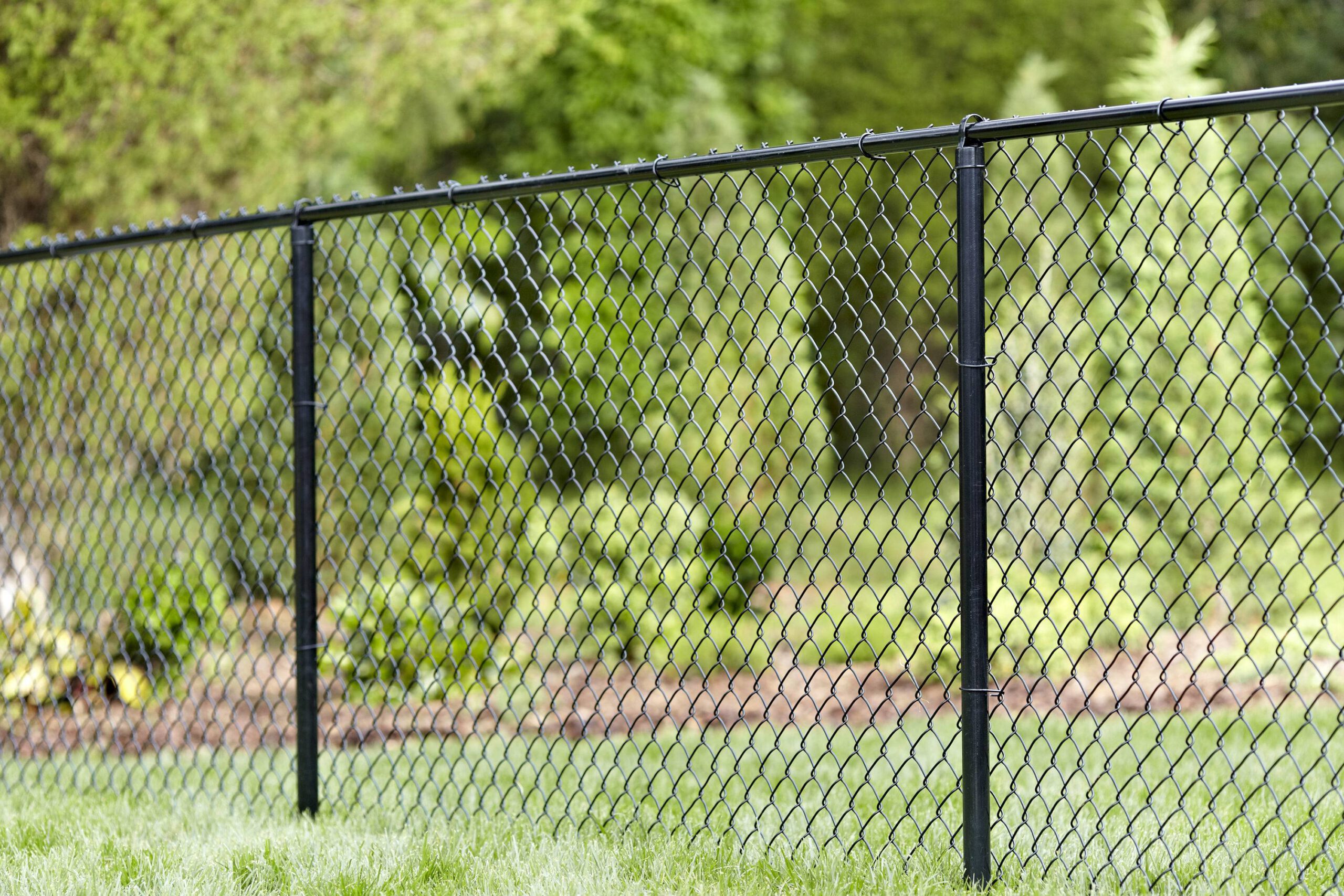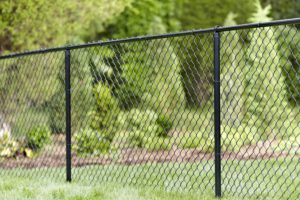Air Duct Cleaning Salt Lake City solves a major problem for people with breathing conditions like asthma or auto-immune disorders. It can also be an issue for everyone else.
Inspecting your ducts is the best way to know if they need cleaning. If there are large dirt deposits or a musty odor, it’s time to clean them.

Dust, hair, pollen, dead skin cells and pet dander build up inside air ducts over time. Some of these organic pollutants may be harmless in small quantities, but when they accumulate they can irritate lungs and trigger allergies, asthma or other respiratory conditions. If you notice dust accumulating in your vents, it’s likely that your air ducts are overdue for cleaning.
Dirty air ducts also trap pollutants from outside and from the house itself. Airborne dirt can carry mold spores and other unhealthy organisms that settle into the ductwork. In addition, if you live on an unpaved road or by a sandy beach, your air ducts can pick up a lot of outdoor debris that then gets carried into the home.
In addition to debris, a dirty air duct can harbor pests like mice and other rodents. They are able to sneak into ducts in the attic, crawlspace or basement and can leave droppings and other evidence of their presence. If you see signs of rodents in your ductwork, it is likely that your air ducts are overdue to be cleaned.
A dirty air duct can also hold debris like insulation fibers that are ripped loose by rodents or damaged by other sources of damage. This debris can then float down the vents and cause them to emit clouds of dust when hot or cold air is first pushed through them. If you see puffs of dust coming out of your vents, it’s a good sign that your air ducts are overdue and should be cleaned by a professional.
When a professional uses a truck powered vacuum to agitate and suck up the dust and debris, they are also able to get into areas of the ductwork that would normally be impossible to reach without special equipment. This step of the process is essential to ensure that every inch of the ductwork is properly cleaned and is free from debris. The specialized vacuums are also less likely to damage the interior of your ductwork, which can happen when homeowners try DIY duct cleaning.
The air ducts in your home are long channels that carry heated or cooled air to each room. These can accumulate dust, pet dander, and other debris over time. Cleaning them may help reduce allergens and other pollutants in the air. Leaky ducts are another common cause of excessive dust in homes. If you notice dust on vent registers or high electricity or gas bills, you probably have a leak in the system. Leaky ducts can also spread dust throughout your home, making it difficult to control.
Some service providers may propose applying chemical biocides (designed to kill microbiological contaminants) to the interior surfaces of ducts and other system components as part of the cleaning process. These chemicals are intended to prevent mold growth and re-contamination after the ducts have been cleaned. However, research has not demonstrated that they are effective at preventing re-contamination or at controlling mold growth. If you decide to allow the use of these chemicals, we recommend that you fully understand their pros and cons.
Even after your ducts are cleaned, dust can build up on many surfaces in the home. This can lead to sneezing and watery eyes, especially for people with respiratory issues like allergies or asthma. Keeping the ducts clean, using quality filters and replacing them regularly, running the blower more often, and adding air purification can all help to control dust in the home.
When you are cleaning your vents, you can help ensure that the dust you loosen does not make a mess in your home by covering the air supply registers with clean cloths or paper towels. You can then run your heating or cooling fan while you are working to blow the dust into the air and away from the vents. Be sure to remove the covers when you are finished. A good tip is to use a damp cloth, as this helps prevent the dust from becoming airborne again. You can also use a vacuum cleaner with a soft brush attachment to sweep up the loose dust. Be sure to dust furniture and other surfaces with a dry cloth afterwards.
The presence of mold inside the air ducts is a serious problem that must be dealt with immediately. This is because mold can cause many health problems and needs to be eradicated as quickly as possible. If the mold is not removed promptly, it can lead to severe respiratory conditions. It can also spread to other areas of the home if not removed completely.
In some cases, a musty odor can signal that mold is present in the air ducts. This is particularly true if the musty odor is accompanied by other symptoms such as respiratory distress, headaches, or eye irritation. This can be caused by the growth of fungus such as trichoderma or chaetomium. This fungus is particularly dangerous because it grows rapidly and can lead to serious respiratory problems. It is also difficult to get rid of compared to other types of mold.
If you notice a musty odor in your home, it is important to hire a professional to clean the air ducts as soon as possible. The ducts must be cleaned thoroughly to remove the mold and to ensure that the mold does not return. A professional can handle the cleaning process much more effectively than a homeowner because they have special equipment such as high-powered vacuum cleaners and chemical-based solutions to remove the mold. In addition, they can seal the ducts to prevent future mold growth.
While some people may feel that it is unnecessary to have their air ducts professionally cleaned, it can be very helpful in preventing health issues such as respiratory distress and a musty odor. In addition to reducing these issues, it can help to improve the overall efficiency of your heating and cooling system.
Mold can grow inside the ductwork of your HVAC system, especially in areas with high humidity levels. This is due to the fact that condensation can occur inside the ductwork, which can then cause moisture to build up and encourage the growth of mold. The best way to avoid this is by having the ducts cleaned regularly and keeping the humidity level low. You can also use a dehumidifier to reduce the amount of moisture in the air.
Allergies are your body’s natural response to substances that trigger an immune system reaction. These allergens include dust mites, pet dander, bacteria, viruses and mold spores. Dirty air ducts circulate these allergens throughout your home and can aggravate allergy symptoms. Symptoms include a runny nose, itchiness of the eyes, throat or nose, coughing and sneezing.
An HVAC system blows hot or cold air over ductwork that may be coated in dust, dirt and other pollutants. The HVAC system then redistributes this air in your home. This process is repeated many times a day. Eventually, these contaminants become airborne and are inhaled by your family members.
In addition, dirt and dust collects on HVAC equipment such as fan blades and inside air conditioning coils. Air duct cleaning removes this buildup, making it easier for your heating and cooling to do its job without distributing allergens.
Clean air ducts also allow your HVAC system to operate at a lower energy use, which can save you money on utility bills. In fact, the HVAC industry estimates that homeowners with dirty air ducts lose up to 20 percent of their heating and cooling efficiency.
Air duct cleaning can also help if your family has pets. Pet dander and fur are common allergens that can build up in your air vents to be blown into your house. This can exacerbate allergy symptoms in people who suffer from pet allergies.
Although studies have not shown that allergen levels in homes increase because of dirty air ducts, there is evidence that indoor pollen and other contaminants can build up inside your air ducts over time. This buildup can aggravate asthma and other respiratory conditions.
While you can take steps to maintain your home’s ductwork, such as cleaning the vent covers, changing the air filter regularly and sealing any cracks or gaps, professional air duct cleaning is the best way to ensure your ductwork stays clean. It is important to choose a qualified contractor who has NADCA certification and is in good standing with your local consumer affairs or Better Business Bureau office.


